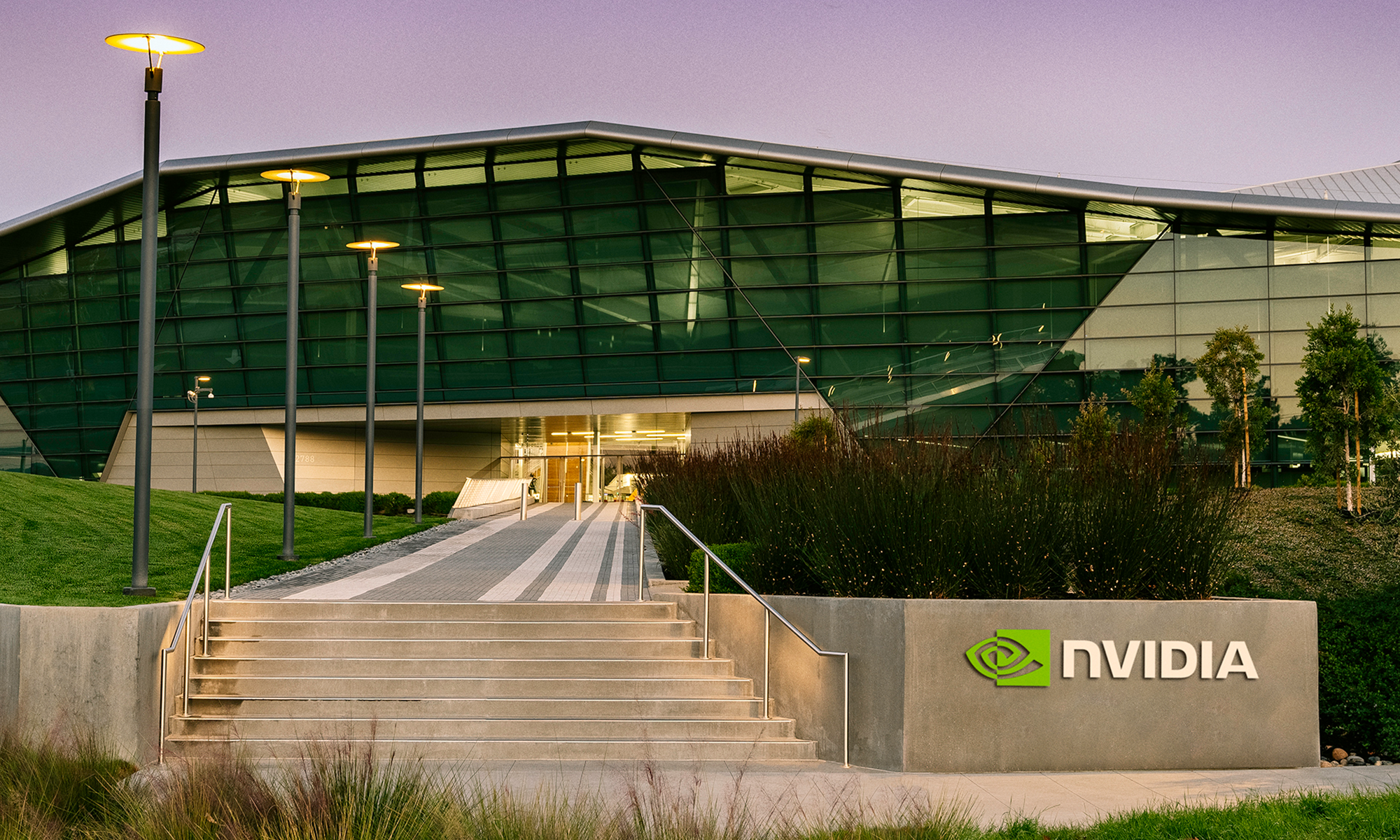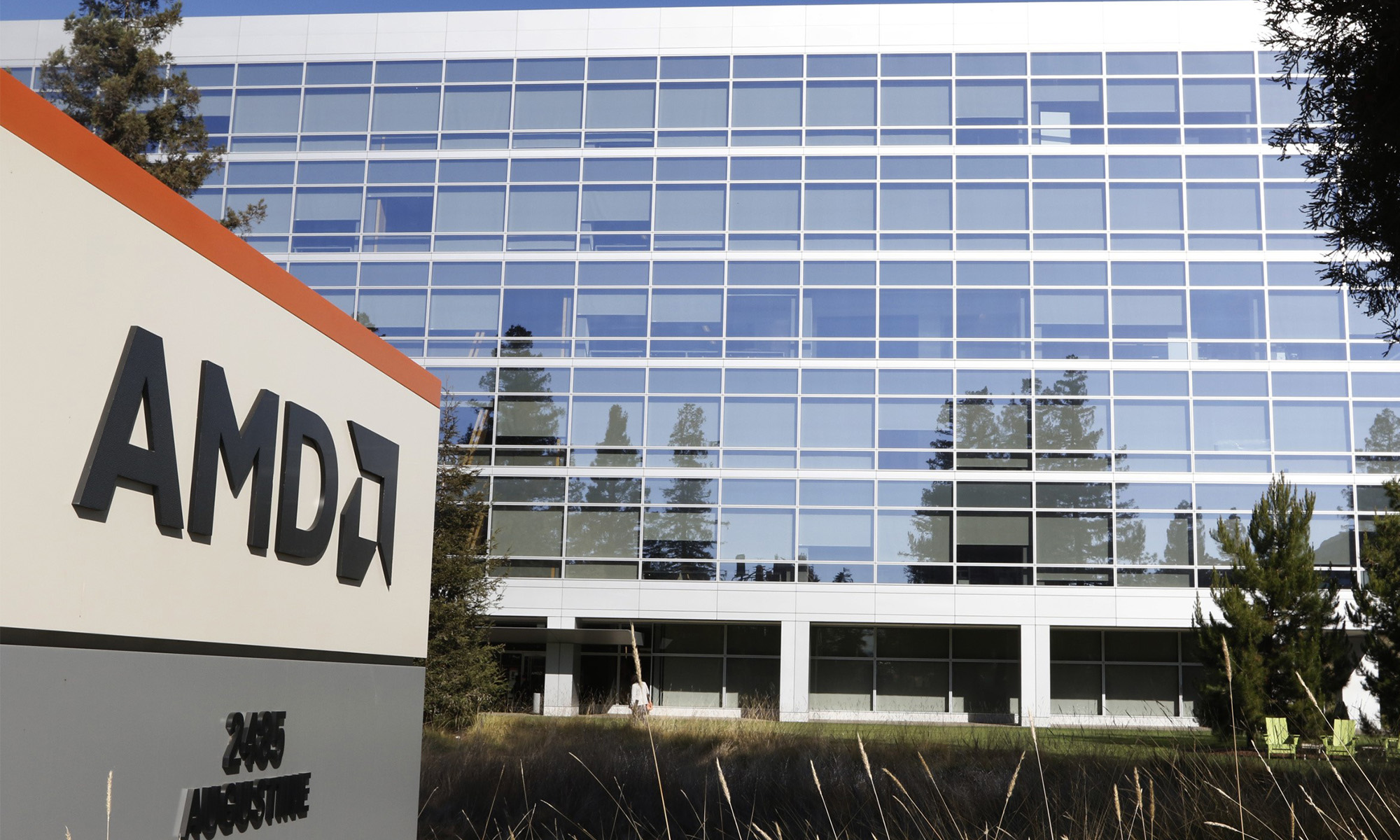NVIDIA (NVDA 0.53%) is making the bold and potentially misguided move into portable gaming consoles with its recently announced Project Shield, a small Tegra-4-powered handheld device consisting of a controller and display. The only specifics that the company gave on pricing and availability were that it would be priced competitively and launch in the second quarter.
Project Shield has little to no chance of commercial success for a plethora of reasons.
Same old, same old
One of the most popular disruptive tools that companies typically like to employ is pricing. For example, Amazon.com (AMZN +0.16%) has had incredible success with its Kindle lineups due to its willingness to undercut rivals and sell devices at breakeven and make up for it with content sales later on. The requisite for that approach is the potential disruptor must operate a content platform, which is why pure hardware OEMs struggle so much to compete.
NVIDIA has no platform, but instead is tapping into its existing TegraZone gaming collection and other titles available on Google (GOOG +1.09%) Play. Besides, NVIDIA already said specifically that it intends to profit up-front in an official blog post: "The business model that stems from this means we'll make our money by selling the device to gamers. (And we hope, by the way, that they'll love it.)"
The broader market is in decline
The portable gaming console market has long been in decline. Both the leading incumbents, Nintendo and Sony (SNE 0.92%), are having difficulties selling their own respective 3DS and PlayStation Vita devices, and they're the market leaders. In October, Nintendo reduced full-year guidance in part due to weak 3DS sales. The company dropped full-year 3DS outlook to 17.5 million. In November, Sony similarly toned down PS Vita forecasts to 10 million following a previous reduction.
The going price for those devices is between $200 and $300, which is also the same price for a Kindle Fire or Nexus 7, which can perform infinitely more tasks. The Nexus 7 even sports a Tegra 3 processor from NVIDIA anyway, and presumably the next model will carry a Tegra 4.
The strangest thing is that NVIDIA is making great traction in the tablet market, particularly among gamers, so it should be keenly aware of the potential there relative to the stand-alone portable gaming console market.
Which would you rather have?
If Project Shield retails for $200, consumers get a device that can only be used for gaming. Instead, they could buy a Nexus 7 with a similar processor and if they prefer a hardware controller they could just buy one for $30 at GameStop (GME +0.17%). Even GameStop, a company that's arguably stuck in the past with its heavy reliance on physical media, is trying to capitalize on the shift of gaming away from traditional consoles to tablets.
For a grand total of $230, gamers can get a multi-function device with an even larger display for gaming. The small trade-off would be that the setup is less convenient since there are two separate pieces to lug around, but the benefit of increased functionality dramatically outweighs that cost.
Will the real disruptor please stand up?
Last summer, a Kickstarter project with true disruptive potential emerged: Ouya. The $99 box isn't meant for mobile gaming, but it does similarly tap into Android titles and run on a Tegra 3 processor. Ouya requires developers to offer a free mode to play for all games. This is more of a threat to traditional consoles like Microsoft's (MSFT +0.43%) Xbox 360, Sony's PlayStation 3, or Nintendo's Wii U, which rely on an outdated licensing model.
While Ouya and Project Shield target different segments (traditional vs. mobile), Ouya contrasts as the offering that actually has disruptive potential. Project Shield is just another traditional entrant into a crowded and shrinking market.
Project Shield looks an awful lot like Panasonic's (PC +0.00%) Jungle experiment that got shuttered less than six months after it was announced. Will Project Shield suffer the same fate?






